Insight into benzene formation could help development of cleaner combustion engines
Green Car Congress
JUNE 10, 2021
That insight could also help the car industry make cleaner combustion engines. They believe that the finding could one day lead to cleaner combustion engines. Furthermore, equipping airplanes and the gasoline-powered component of hybrid plug-in EVs with cleaner combustion engines could help reduce CO 2 emissions.

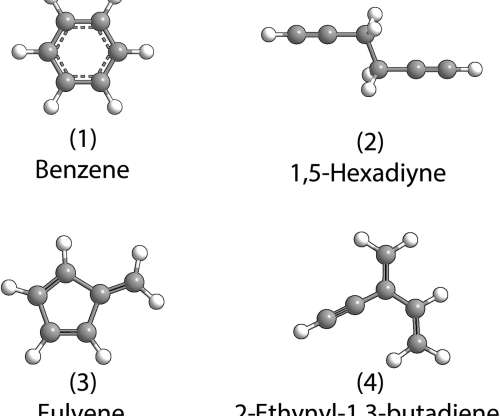
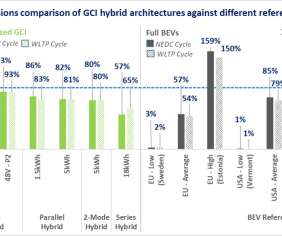












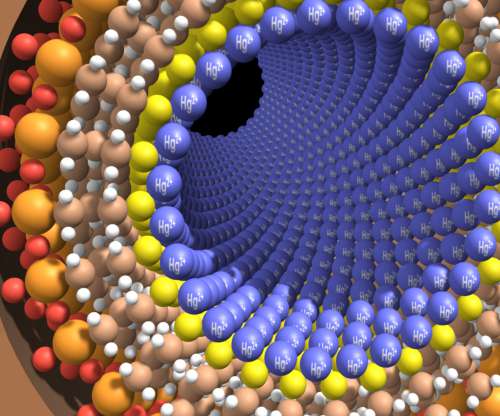
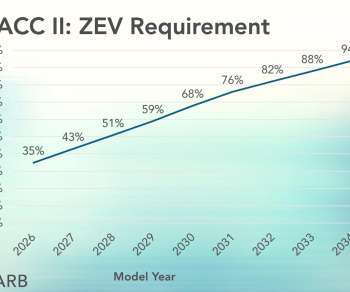








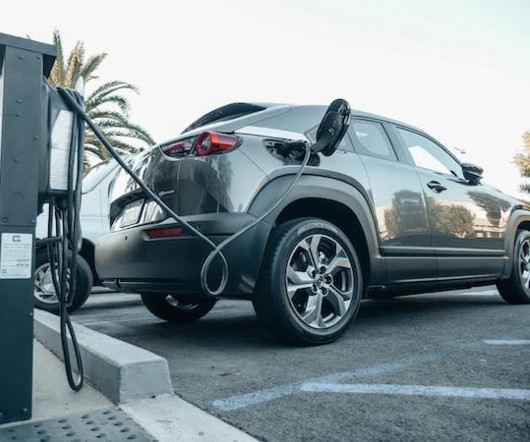






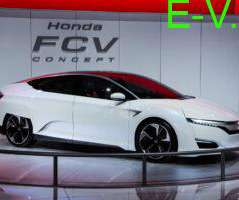







Let's personalize your content